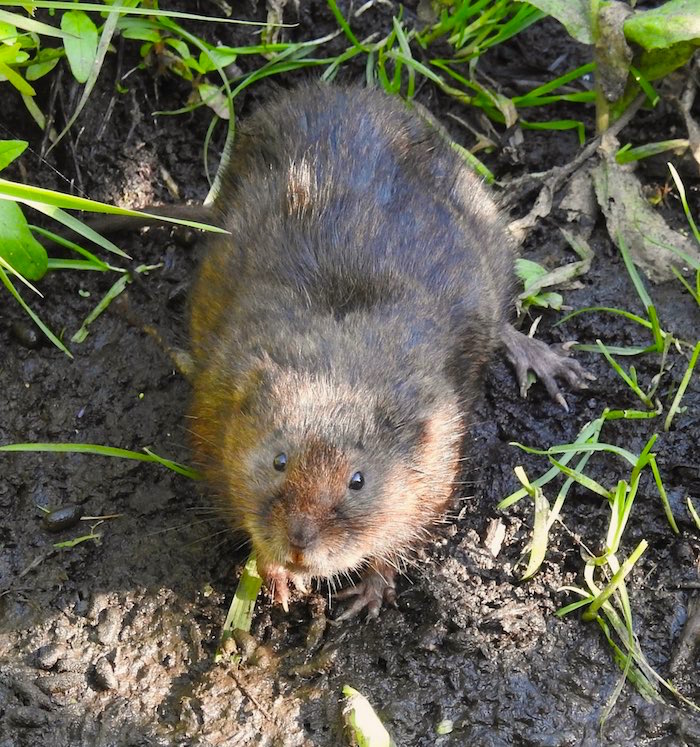
March: The start of the water vole breeding season
When you hear a distinctive ‘plop’ as they dive into water, or feeding signs and latrines (piles of droppings) start to appear along the water’s edge, water voles are active and the breeding season has begun. You may even catch sight of one sitting on a bank, or swimming. Each female will begin to defend her territory of at least 30 metres in banks alongside lakes, ponds, rivers, streams, canals, dykes and ditches. She will make burrows in the banks about the size you could roll a tennis ball into with bolt holes that allow them to drop into the water’s edge to avoid predators and then swim into an underwater burrow. A male will have at least two breeding females in his range.
It is essential that these herbivores have plenty of vegetation growing from the banks and emerging from water to provide food and cover from their many predators. They need at least two metres of uncut bankside vegetation until the end of the breeding season in October. This is vital, as a water vole needs to consume the equivalent of 80% of its body weight in food each day and a breeding female double that amount. So it is fortunate that water voles are not fussy eaters and have been recorded eating 227 different plant species to date (Strachan and Jefferies 1993).
It is important not to disturb water voles by trampling the banks, or allowing dogs on to the banks, or into the water, making them bolt into their burrows. This prevents them from feeding and putting on enough weight to enable them to breed. Cat predation can reduce a water vole colony. Cats that have a cheap ‘blinking’ light on their collar cuts down wildlife kills and as a bonus is much safer for the cat, too. Please see our Quick Guide, as they can be mistaken for brown rats due to being a similar size and colour.
April to September: The peak of the breeding season
Now is the peak of the breeding season which lasts until October. In ideal habitat the birth rate is high and females will give birth to 5 litters a year with 5-8 babies each time. Food is at its most abundant from July to September, so numbers are at their highest during this period.
Young water voles will move into new banks (close to their colony) where they can make a series of new burrow homes. It is at this time of year you might hear indignant squeaks coming from tall, twitching vegetation, as young water voles squabble in a bid to establish new territory. Or even catch a charming glimpse of them fighting. If there is insufficient new habitat, young water voles may have to undertake a perilous journey of some miles to find new homes.
You can help by making sure that you provide at least 2 metres of lush, uncut bankside vegetation (ideally 5 metres), wherever possible, so that they can move into areas nearby. The best sites for water voles have clay banks, wide banksides with tall grasses and stands of willowherb, purple loosestrife, meadowsweet or nettles, often fringed with rushes, sedges or reed. Water voles will also inhabit extensive reedbeds where they weave rugby ball sized nests made of reeds. They will avoid sites that are heavily grazed, trampled or over-shaded by dense scrub or trees, but will happily live underneath brambles, as they like to eat the leaves and the berries.
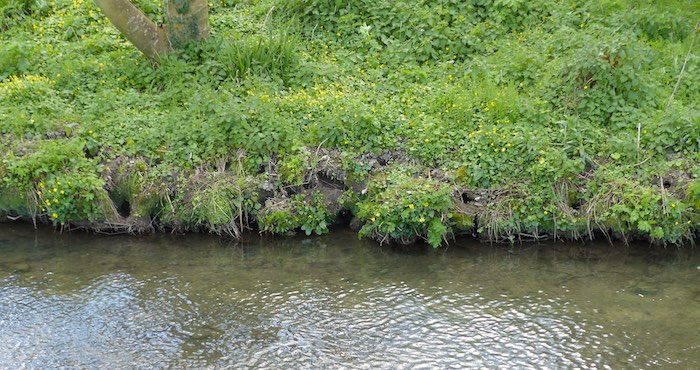
October to November: Preparing for winter
Water voles begin to make underground food stores to see them through the winter. With the breeding season over, they live communally and you may find a massive latrine (pile of droppings) during autumn. Overwinter survival for young voles born towards the end of the breeding season is low, as they have not put on the additional weight needed. Hence the need for abundant food to enable the water vole colony to pack on as much weight as possible from March to September.
It is only now advisable to undertake habitat management to keep the habitat in ideal condition for water voles. Water voles were given full legal protection in England & Wales on the 6th April 2008 by provisions under section 9 of Schedule 5 of the Wildlife & Countryside Act 1981 (as amended). Schedule 5 of this Act makes it an offence to intentionally kill, injure, or take wild water voles; damage or obstruct access to water vole burrows.
Water Voles are close to the bottom of the food chain and are food for many predators, including foxes, owls and kestrels. Their fate tends to have a ripple effect on the rest of this ecosystem. Especially as they are important engineers in the landscape, increasing wildflower and grass diversity, so that species such as pollinators benefit from their activity. This, in turn, benefits insect-eating birds and bats. They also provide habitat for small mammals such as bank voles and shrews which are also prey for other species such as foxes, birds of prey; and toads for grass snakes. So legal protection of water voles helps many species to flourish. Consequently they are known as a keystone species.
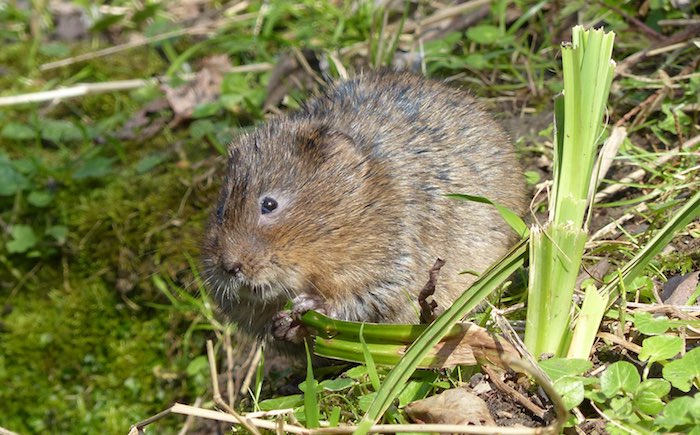
December to February: Overwintering behaviour
Numbers are now at their lowest with a loss of about 70% of the water vole colony during this period. They do not hibernate, but rarely venture out during these months, preferring to spend their time sleeping underground, or feeding on their food stores of tubers, roots, bulbs and rhizomes. Water voles are very tidy and have a latrine chamber for their droppings, a sleeping chamber, as well as a larder. On milder days, they sometimes venture out to gnaw the bark of trees (such as willow or sallow) and have been seen and filmed climbing trees to do so.
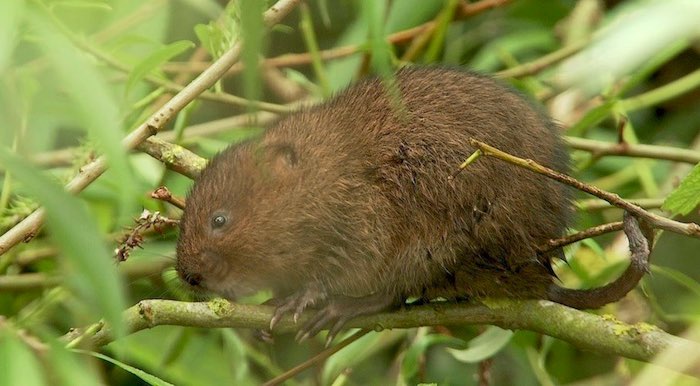
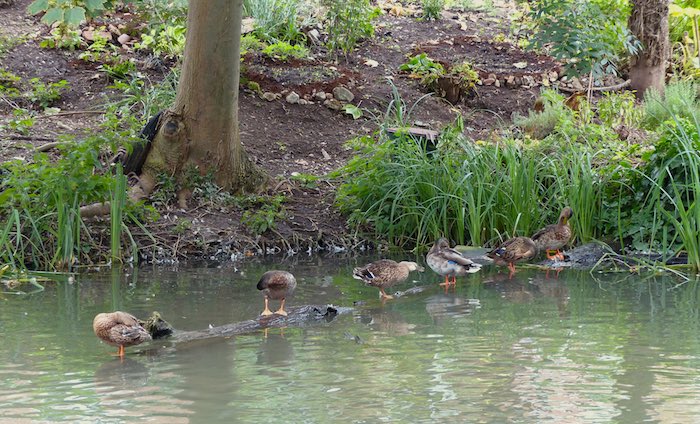
I’m truly sorry Man’s dominion
Has broken Nature’s social union,
An’ justifies that ill opinion,
Which makes thee startle,
At me, thy poor, earth-born companion,
An’ fellow mortal!
To A Mouse, Robert Burns (1785)
